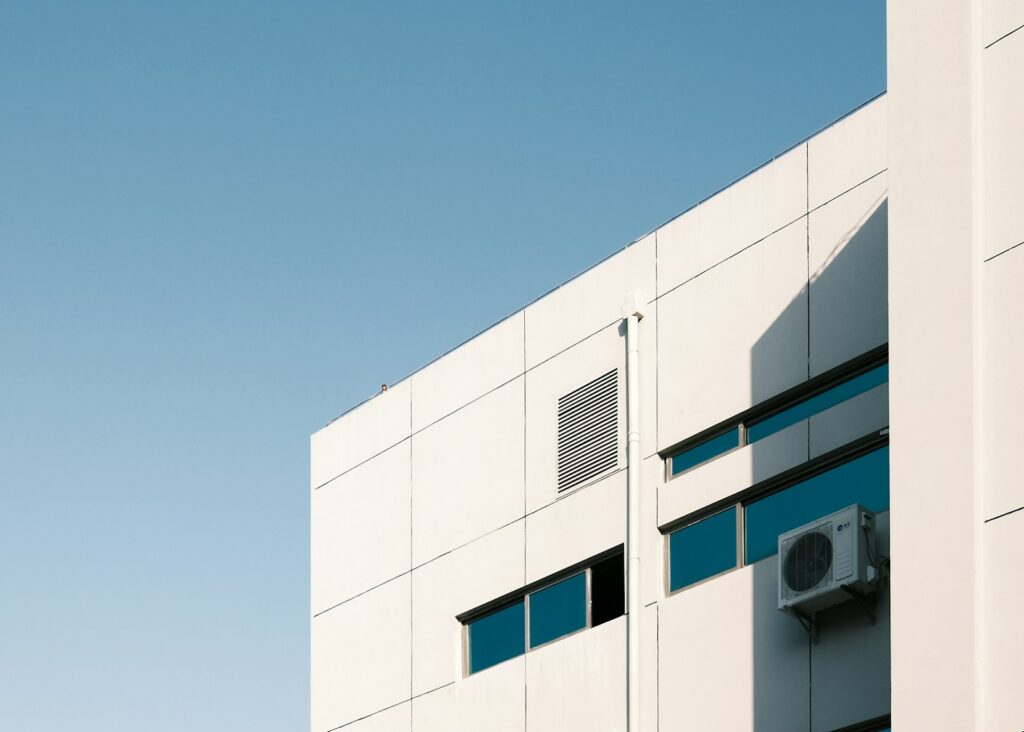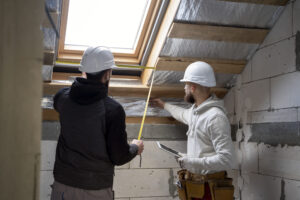5 Key HVAC system maintenance tips for every technician

You know how important it is to keep systems running smoothly. A well-maintained HVAC system operates efficiently, saving both energy and money while preventing costly breakdowns. But with so many components to consider, it’s easy for key maintenance tasks to slip through the cracks. And with the UK’s changing climate and increasing demand for energy-efficient solutions, it’s more important than ever to stay on top of practices that keep systems in top shape.
1. Check and replace air filters
One of the simplest yet most effective things to do: regularly checking and replacing air filters. Over time, they become clogged with dirt, dust, and other debris, restricting airflow and forcing the system to work harder. This of course increases energy consumption and might even lead to system failure. It’s important to educate your clients on how often they should replace their filters – generally every 1-3 months depending on the system and usage.
2. Inspect ductwork
This is often one of the most overlooked components of HVAC maintenance. Leaky or blocked ducts can cause a significant drop in efficiency, as air escapes before it can reach its destination – which forces the system to work harder.
Inspect the ducts regularly for signs of leaks, especially at joints and connections. If you find any, seal them promptly. Blockages should also be addressed quickly, as they restrict airflow and reduce system performance. Press tools can be used here to create secure, leak-free connections, ensuring that the ductwork remains effective and efficient for longer periods.
3. Clean coils and fins
The evaporator and condenser coils are critical for heat transfer in the system, but they can easily become dirty or clogged. If they are covered in dust or grime, the system won’t be able to absorb and release heat efficiently, increasing the likelihood of overheating or breakdown.
Regular cleaning is essential for ensuring an operation at full capacity. For a straightforward job, simply carefully remove any debris. You’ll improve system efficiency and reduce the chances of expensive repairs down the line.
4. Calibrate the thermostat
A malfunctioning thermostat can lead to all sorts of issues, from inconsistent temperatures to increased energy consumption. It may cause the system to overheat or underperform, forcing the unit to run longer than necessary. If it isn’t displaying the correct temperature, or if there’s a noticeable discrepancy in temperature readings, recalibrate it or replace it altogether.
5. Lubricate moving parts
Never overlook the importance of good lubrication. HVAC systems have several components that rely on smooth movement to operate correctly, including the blower motor and fans. Over time, friction will wear down these parts and cause premature failure. Applying lubricant helps extend the lifespan of the system and prevents noisy operation on top.
A bit of routine maintenance can go a long way in preventing costly breakdowns and keeping your customers happy.





